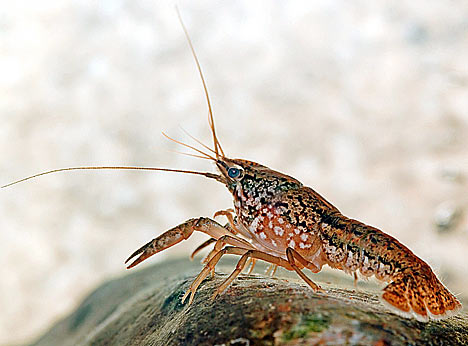First a retirement community, not a homeless shelter.
Washington state sure likes to spread the norovirus around.
 Two homeless shelters in downtown Spokane were under quarantine last weekend after more than 60 people got sick from a suspected norovirus outbreak.
Two homeless shelters in downtown Spokane were under quarantine last weekend after more than 60 people got sick from a suspected norovirus outbreak.
City officials made plans to erect a giant tent in the street to house homeless people who hadn’t shown symptoms, which include severe nausea and vomiting.
Norovirus is highly contagious and can be spread person to person, through food and water or by touching contaminated surfaces. It’s typically seen on a cruise ship because it spreads rapidly in enclosed environments with a lot of people. People typically see symptoms 12 to 48 hours after being exposed.
Mayor David Condon said the city, including the police and fire departments, is working with Catholic Charities during the outbreak in an effort to provide the homeless with a safe place to sleep. The Spokane Regional Health District is coordinating testing to confirm the norovirus diagnosis.


 had been boiled and served warm at a party. The chef reported that the boiled crayfish were served out of a cooler that had contained live crayfish, and the cooler had not been cleaned before being used to serve the cooked crayfish. After the party, the remaining crayfish were refrigerated overnight in different containers and served cold as leftovers the following evening on June 20.
had been boiled and served warm at a party. The chef reported that the boiled crayfish were served out of a cooler that had contained live crayfish, and the cooler had not been cleaned before being used to serve the cooked crayfish. After the party, the remaining crayfish were refrigerated overnight in different containers and served cold as leftovers the following evening on June 20.